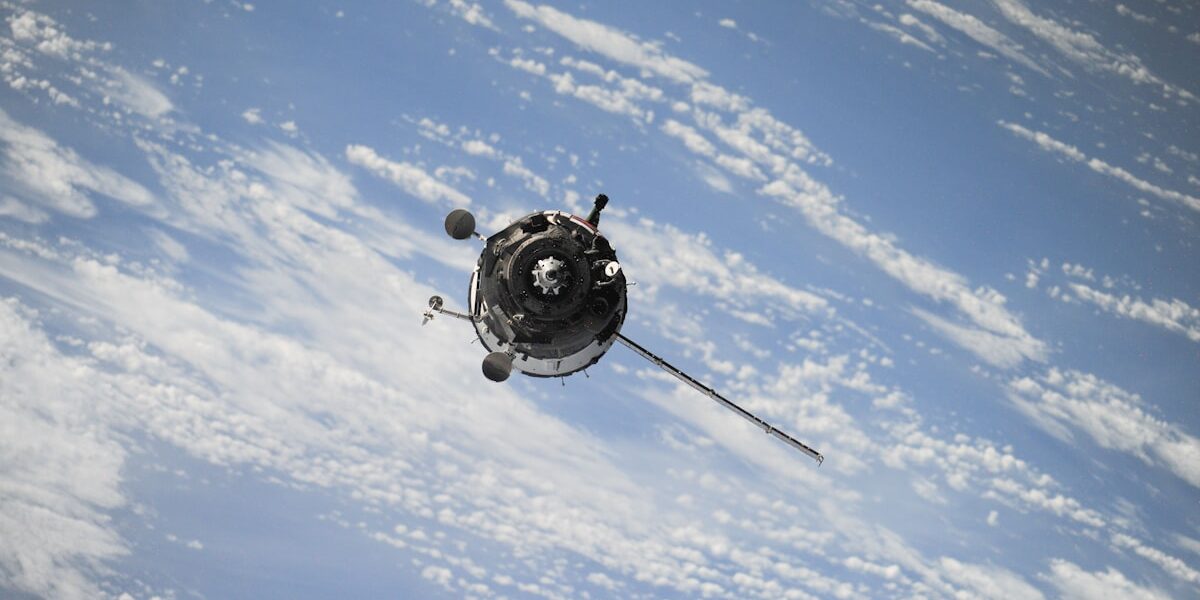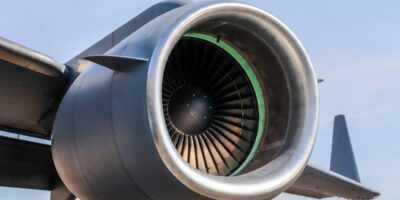In recent years, the field of supersonic aircraft technology has seen a resurgence of interest and innovation. With the Concorde’s retirement in 2003, commercial supersonic travel seemed to be a relic of the past. However, advancements in aerospace engineering, materials science, and environmental technology are paving the way for a new generation of faster-than-sound travel. This article explores the current state and future prospects of supersonic aircraft technology, focusing on commercial and military developments, as well as the challenges and solutions associated with supersonic flight.
**Revival of Commercial Supersonic Travel**
The dream of reviving commercial supersonic travel is closer to reality, thanks to several ambitious companies. Prominent among them is Boom Supersonic, an American startup that is developing the Overture, a supersonic airliner they claim will be faster, more efficient, and more environmentally friendly than the Concorde. Scheduled for rollout in the mid-2020s, the Overture aims to fly at speeds of Mach 2.2, significantly cutting down transatlantic flight times. The company has already attracted interest from major airlines, including United Airlines, which has expressed intent to purchase 15 Overture aircraft, pending safety and operational tests.
**Technological Innovations**
One of the greatest challenges of supersonic travel is the sonic boom, a loud noise created when an object travels faster than the speed of sound. Innovations in aerodynamics and materials are helping reduce the impact of sonic booms. NASA’s X-59 Quiet Supersonic Technology aircraft (QueSST) is a prime example. This experimental plane is designed to fly at supersonic speeds while producing a sonic ‘thump’ rather than the disruptive boom associated with earlier supersonic jets. This technology could be a game-changer, making supersonic flights over land viable and less disturbing to communities.
Additionally, modern materials such as carbon fiber composites are being used to construct lighter and stronger airframes. These materials not only enhance the aircraft’s performance but also improve fuel efficiency, which is crucial for both economic viability and environmental sustainability.
**Environmental Concerns and Solutions**
Supersonic aircraft typically consume more fuel per passenger than subsonic jets, leading to higher emissions of carbon dioxide and other pollutants. Addressing environmental concerns is therefore critical for the future of supersonic travel. Companies like Aerion Supersonic were working on developing the AS2, a business jet that not only boasted speeds of Mach 1.4 but also aimed to be carbon-neutral through the use of synthetic fuels. Although Aerion ceased operations in 2021 due to financial issues, the pursuit of environmentally friendly supersonic technology continues.
**Military Applications**
While commercial enterprises are a significant part of the supersonic resurgence, military interest and investment have remained steady. Modern supersonic fighter jets like the F-35 Lightning II incorporate advanced stealth technology, supercruise capabilities (supersonic flight without afterburners), and enhanced maneuverability. These features make them formidable assets in modern warfare. Additionally, countries like Russia and China are also advancing their supersonic capabilities, which could shift global military dynamics.
**Regulatory and Economic Hurdles**
Despite technological progress, supersonic travel faces regulatory and economic hurdles. Overcoming the FAA and international regulations that limit supersonic flight over land due to noise concerns is crucial. Economically, developing supersonic aircraft is an expensive endeavor with significant risks. The market for such aircraft needs to be sufficiently large to justify the immense investments required.
**Conclusion**
The landscape of supersonic aircraft technology is evolving rapidly, driven by technological advancements and a renewed interest in reducing travel times. While there are significant challenges to overcome, particularly in terms of environmental impact and regulatory acceptance, the progress made by companies like Boom Supersonic and initiatives like NASA’s X-59 project highlight the potential for a new era of supersonic travel. As these developments unfold, the next few years will be crucial in determining whether supersonic aircraft can once again capture the world’s imagination and become a commercial success.




Subscribe for Updates
Get the latest articles delivered to your inbox.
We respect your privacy. Unsubscribe anytime.